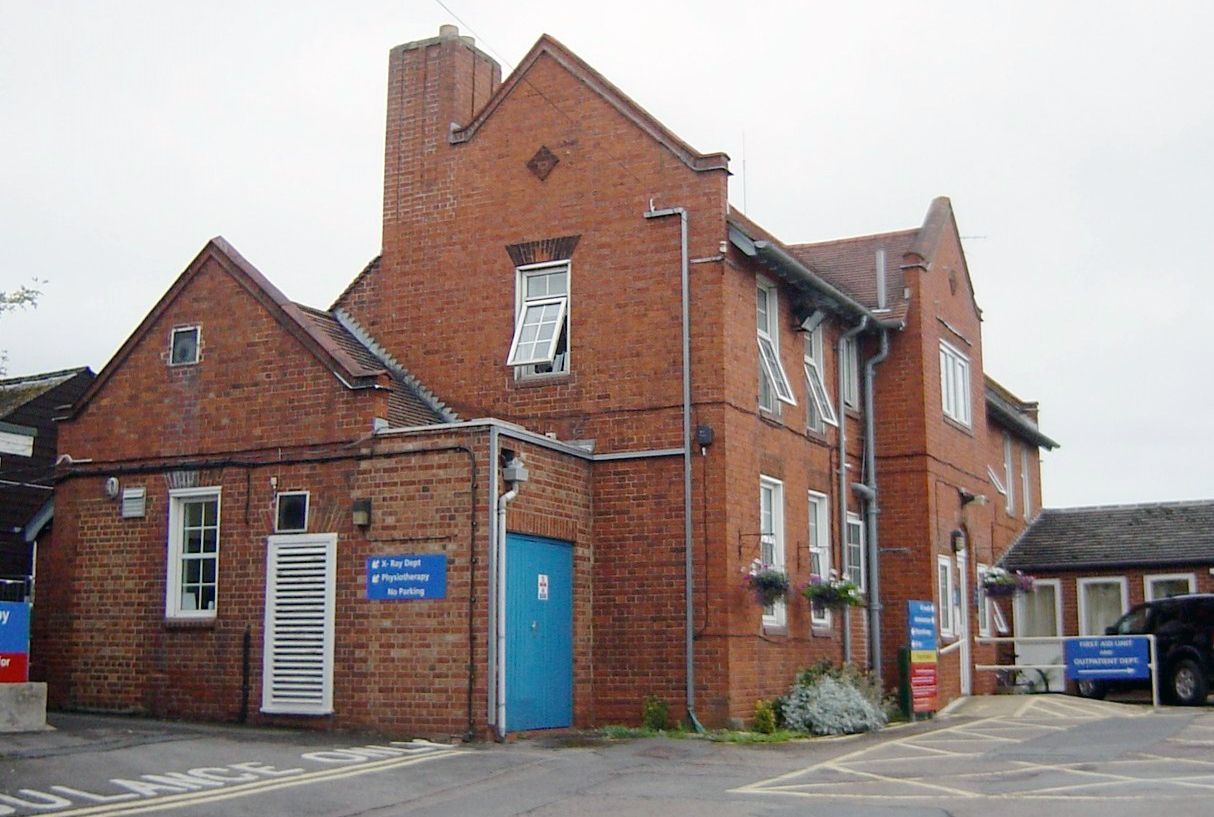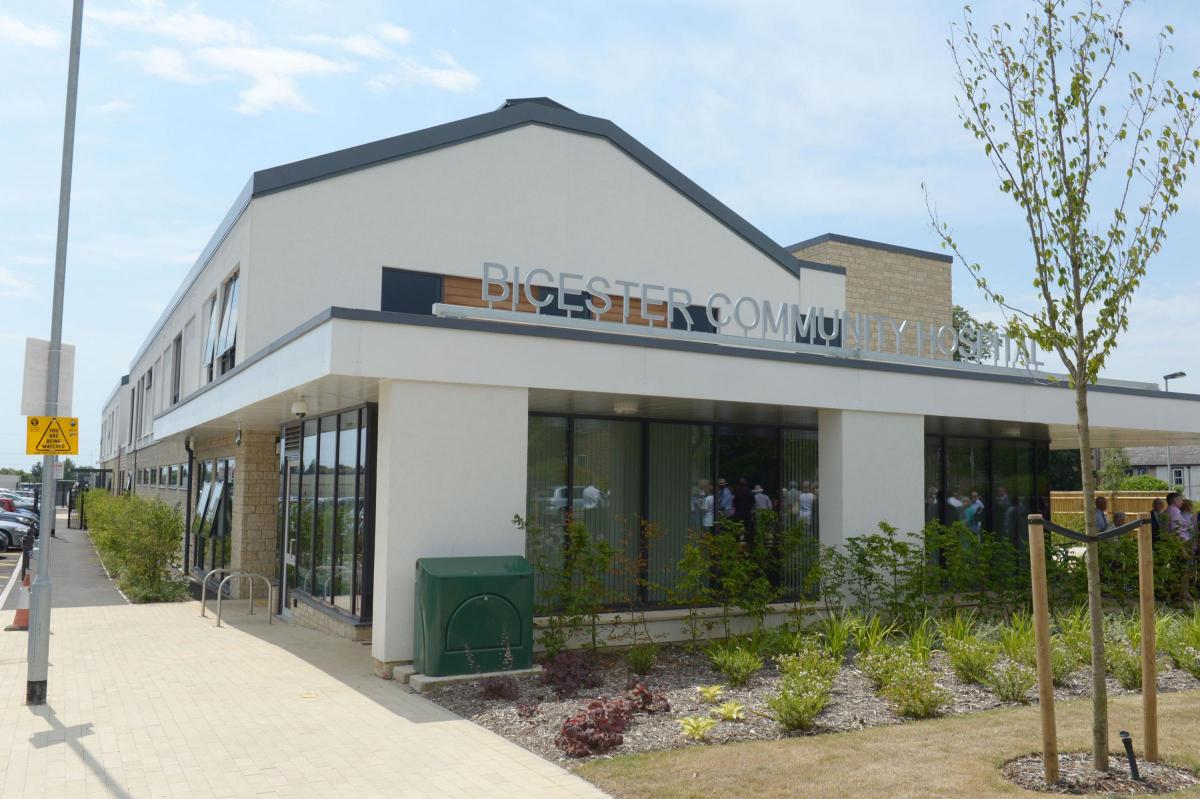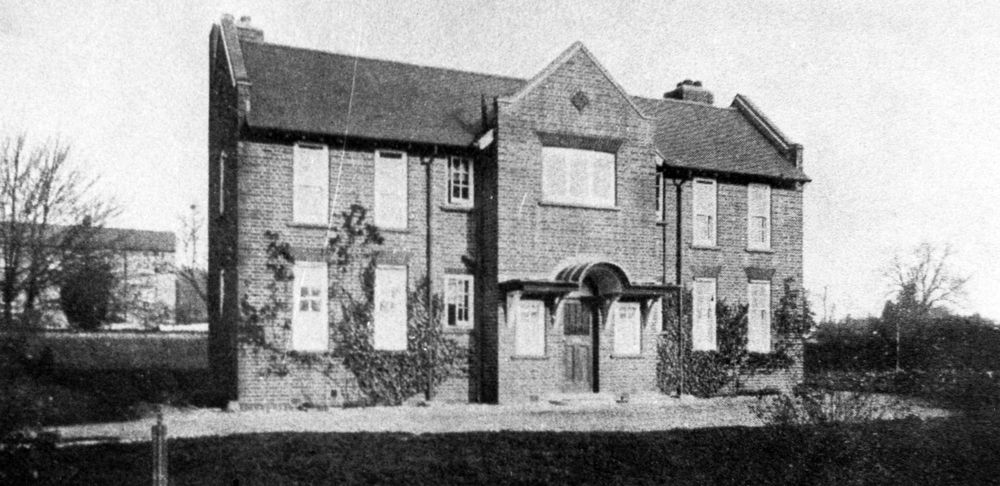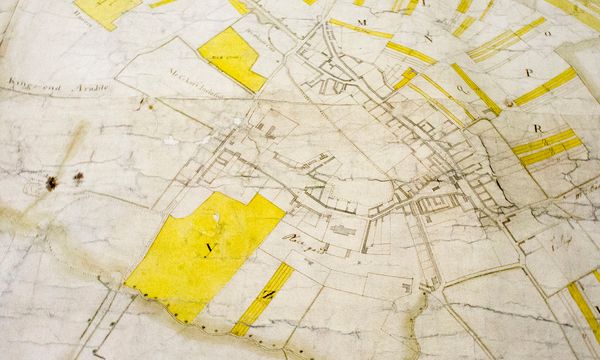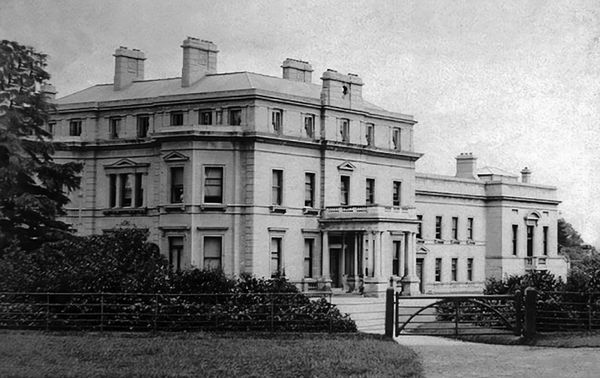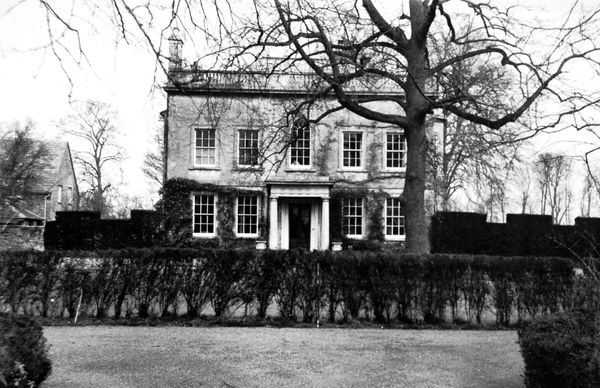The Evolution of Medical Care
Bicester Priory, founded in 1182 by Gilbert Bassett, was located in the area we know today as Old Place Yard, behind St Edburg’s Church. It included an infirmary, built somewhere in the south-west corner of the enclosure, next to where the town cemetery is today. Within this ‘Sick House’ the monks provided what care they could for the local population. The priory’s records state that in 1453 the building was assigned as the residence of the retiring prior. Then, in 1536, the priory was closed along with any infirmary it may still have had.
In 1355 Nicholas Jordon had been granted a licence by King Edward III to build a hospital in Bicester for the relief of the sick and poor. This became known as St John’s Hospice and was located at the northern end of the town, where North Street is now. It later gave its name to St John’s Street, which then included the whole of Sheep Street. We don’t know how long the hospital was in use, but it may explain why the priory’s infirmary was no longer required in 1453.
The next record of Bicester dealing with public health matters comes in 1752 when, after a large scale outbreak of smallpox, a pest house was built. This allowed for anyone with an infection disease to be isolated from the general population whilst they were treated and their property cleansed.
Around this time the Overseers of the Poor built a workhouse in London Road, large enough to house 40 paupers. Not much is known about this early workhouse and what medical care it provided, but it is recorded that in 1809 Henry Chandler undertook to manage the workhouse for a year. This included supplying the inmates with food, clothing, and proper attention in health and sickness, though “surgery and physick in all casualties, distemper and illnesses” were excepted.
The cholera outbreak in 1832 led to the formation of a Board of Health, led by Viscount Chetwynd, who lived in Bicester House at the time. He quickly organised relief (the distribution of bread, meat, soup and brandy) and cleansing of the most affected areas (Crockwell and New Buildings being the most heavily affected), as well as speedy burial of the dead. But the outbreak still caused sixty-four deaths, that we know of, over a six week period, a higher proportion of the population than recorded in any other town in England.

In 1835 the Bicester Union Board of Guardians was formed, also under the leadership of Viscount Chetwynd. Their first priority was to replace the long outgrown workhouse with a new, purpose built, institution capable of accommodating 350 paupers. Construction was completed in 1836 and the workhouse officially opened soon after, including a schoolroom and an infirmary. Although everyone did whatever they could to stay out of the workhouse, for many of the poor who became sick or infirm, it was the only option. The Board of Guardians employed one of the doctors in the town to oversee the care of the poor, which included home visits for anyone receiving outside relief, but since the Union covered 38 parishes it was often more practical to bring the sick to the infirmary.
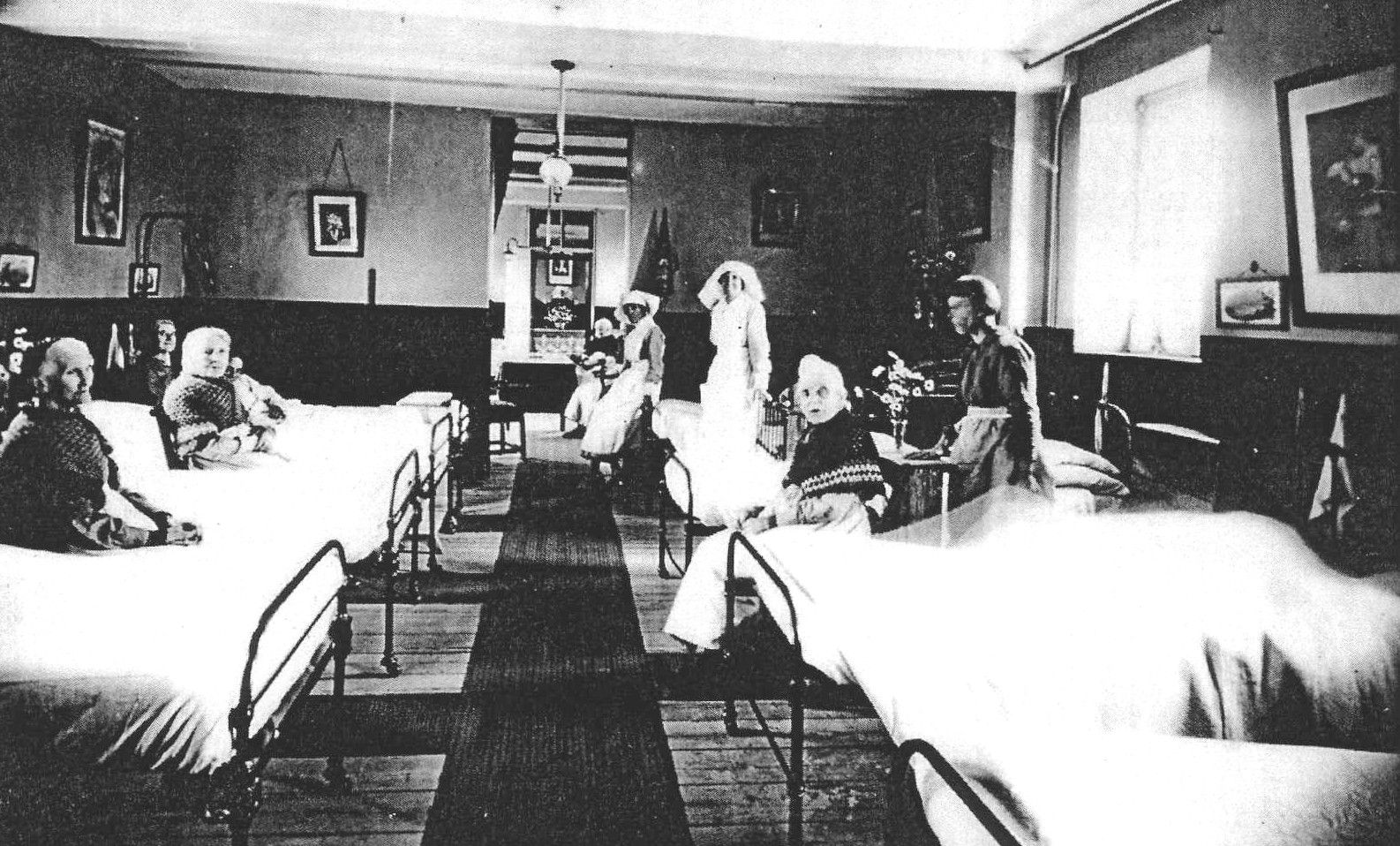
Smallpox continued to be a problem for many years, particularly around Crockwell. By 1872 the pest house was no longer adequate and an isolation hospital was proposed to be built next to the workhouse. This was built a few years later and consisted of three wards, one specifically for typhoid and another for scarlet fever. Then, following a few outbreaks of typhoid, piped water was brought into the town in about 1905 and waterworks were built. This greatly improved living conditions and health in general.
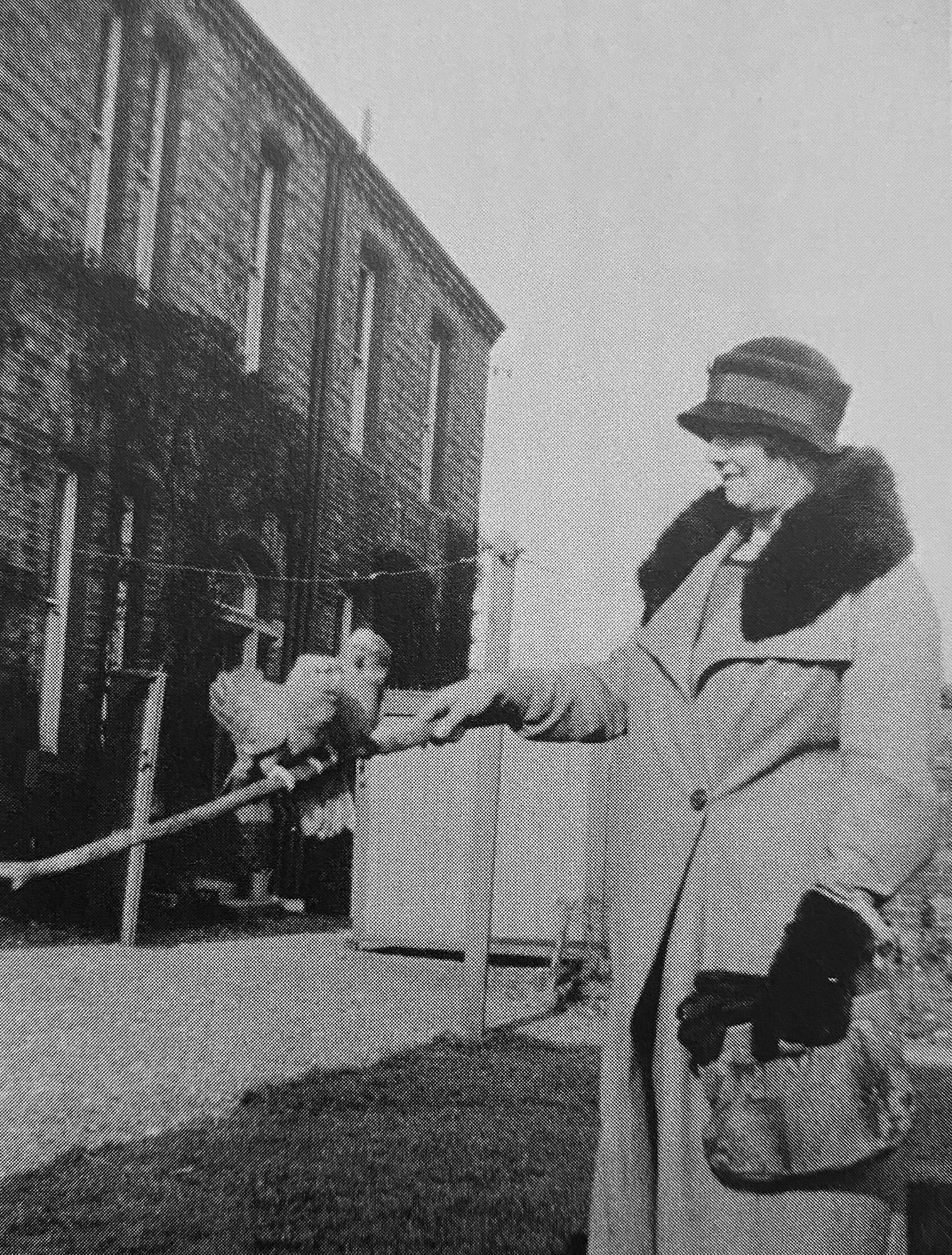
In 1887, to commemorate Queen Victoria’s Golden Jubilee, the Horse and Groom public house, on Banbury Road, was purchased and converted into a nursing home. In 1904 it was noted as being “quite one of the best institutions in Bicester”.
It has two very nice little wards with three beds, which can be had on a small weekly payment. They have been found very useful in the case of men or women in service or in lodgings who have been taken ill or met with an accident and also in the case of country patients who need to be within easy reach of their doctor. Ever since 1887 the people of the parish, the poorer without payment and others with graduated payments, settled by the committee, have received its benefits.

In 1908 the Great Western Railway came to Bicester and planned to run their tracks straight through the nursing home. So the GWR bought the property for £1000 and a site was found to build a new nursing home in King’s End.
The land for the new nursing home was leased from Colonel L.E. Coker for £1 per annum, and the building cost £1100 to construct (the other £100 being donated by the Earl of Jersey). It was built by Thomas Grimsley, later of Grimsley & Sons, who was a prominent local builder and townsman. The first patients were admitted in September 1908 and cared for by Miss Goodwin and Nurse Plater, who had previously run the old nursing home.
In 1918, Major Lewis Aubrey Coker donated the freehold of the land to the hospital, in honour of the men and women of Bicester who had served in the First World War. Then a large donation was made in 1927 when the widow of Henry Tubb, a local banker, funded an extension to housing a new ward and nurses room.
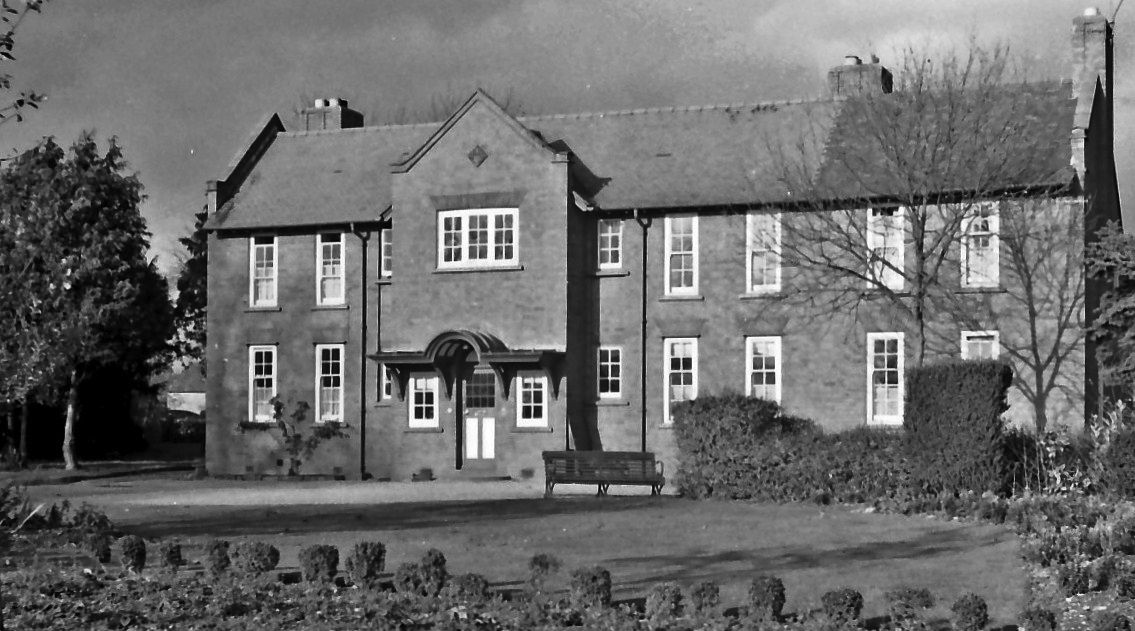
In 1928 the hospital was registered as a nursing home and run as a cottage and community hospital for maternity use only.
With the creation of the National Health Service in 1948, the hospital was administered by Banbury & District Hospital Management Committee.
In 1958 an extension was built by Ron Price, to accommodate additional wards.
During the 1970’s, the purpose of the hospital changed from maternity to general nursing, mainly for elderly patients. An extension was built for Day Care, sponsored by the League of Friends with money raised through various events. In 1974 the responsibility for the hospital administration passed to Oxfordshire Area Health Authority.
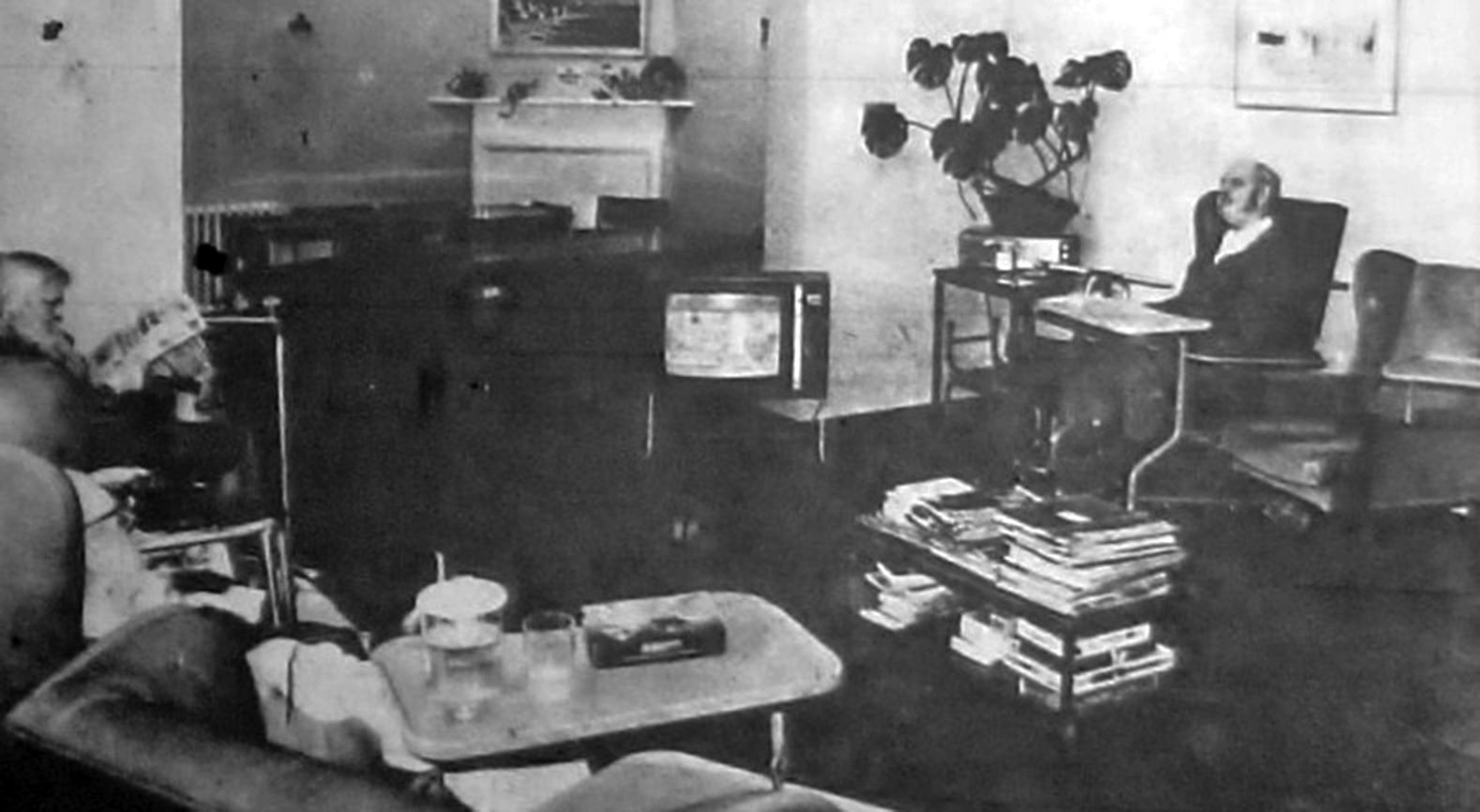
In 1981 the physio room, donated by Iris Mackenzie was added and an extension for the X-ray Department built by the generosity of the people of Bicester.
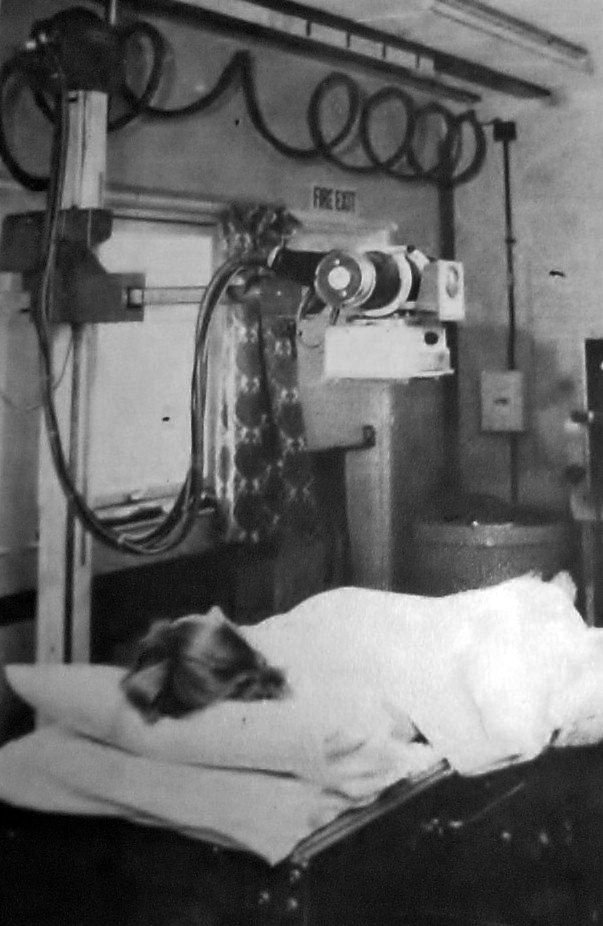
Eventually the hospital building was no longer fit for purpose and in 2012 plans were approved to sell the building and its land and replace it with a new Community Hospital on land in Coker Close. Construction started in June 2013 and the new hospital first started taking in patients on 11th December 2014. It was then officially opened in July 2015.
